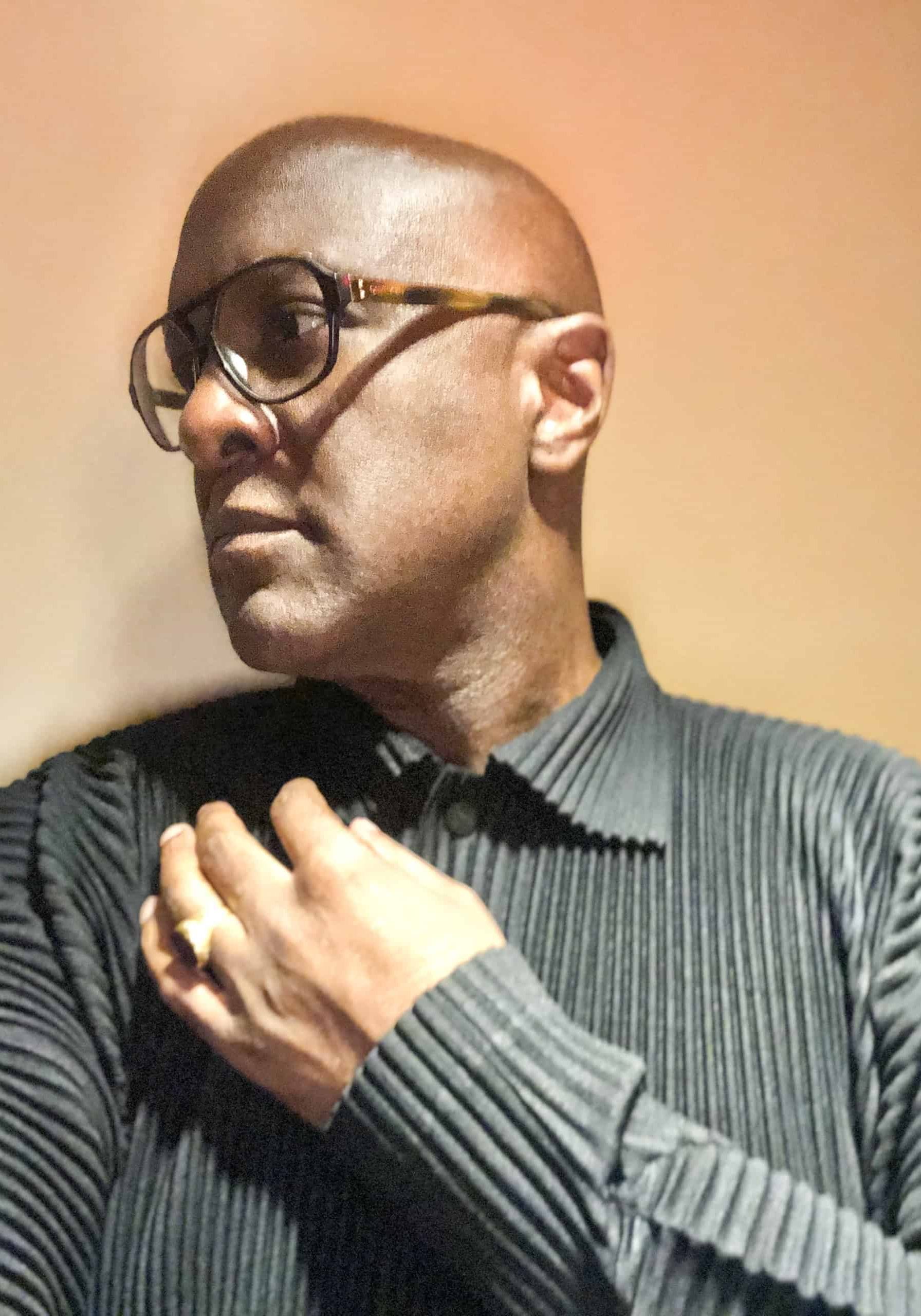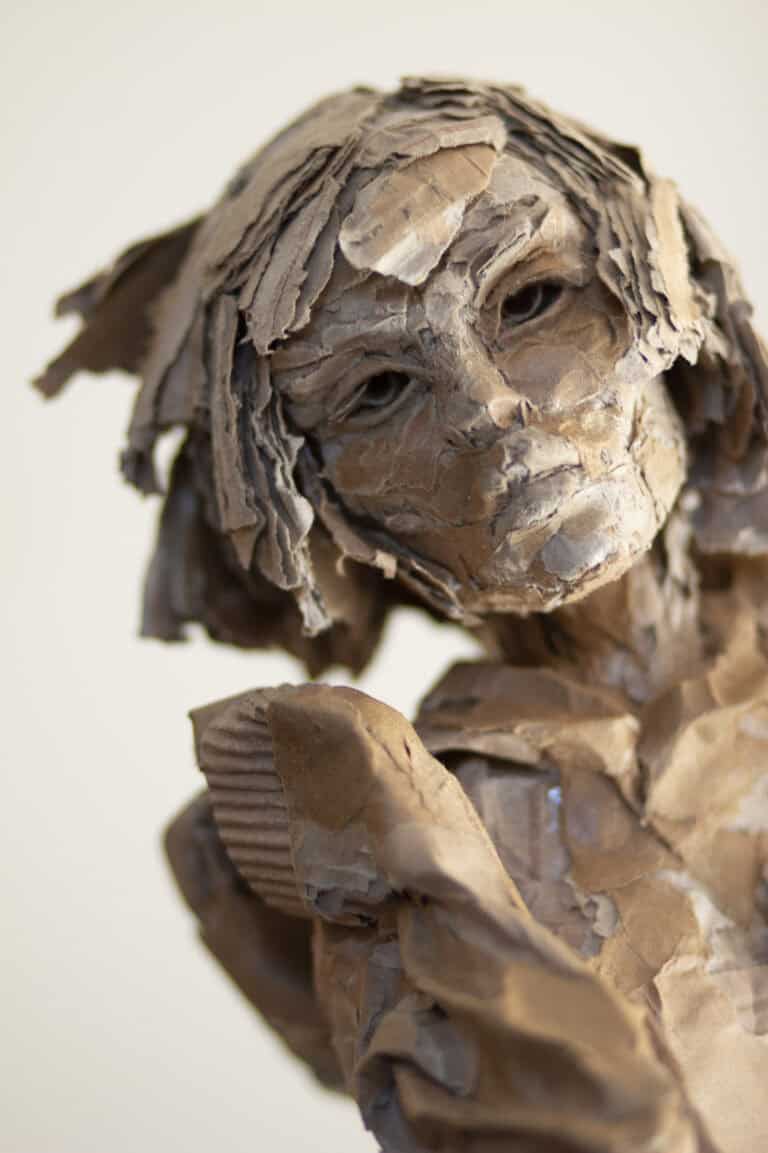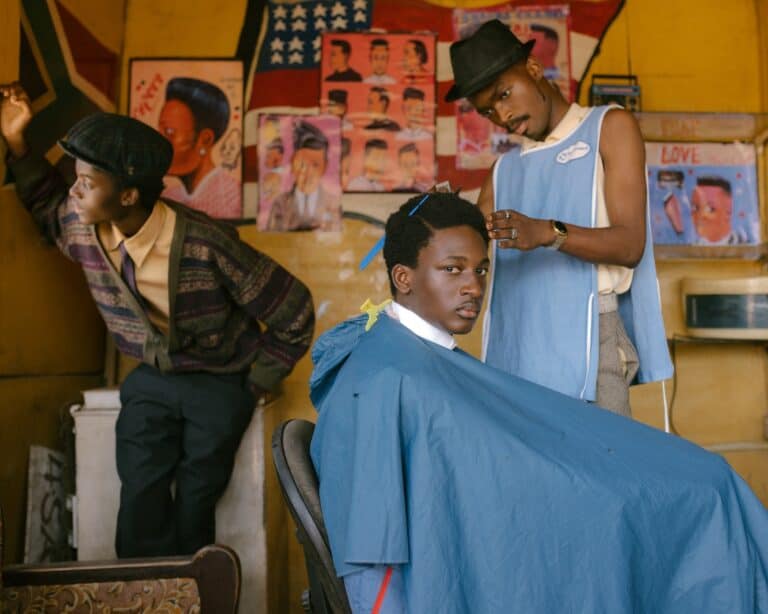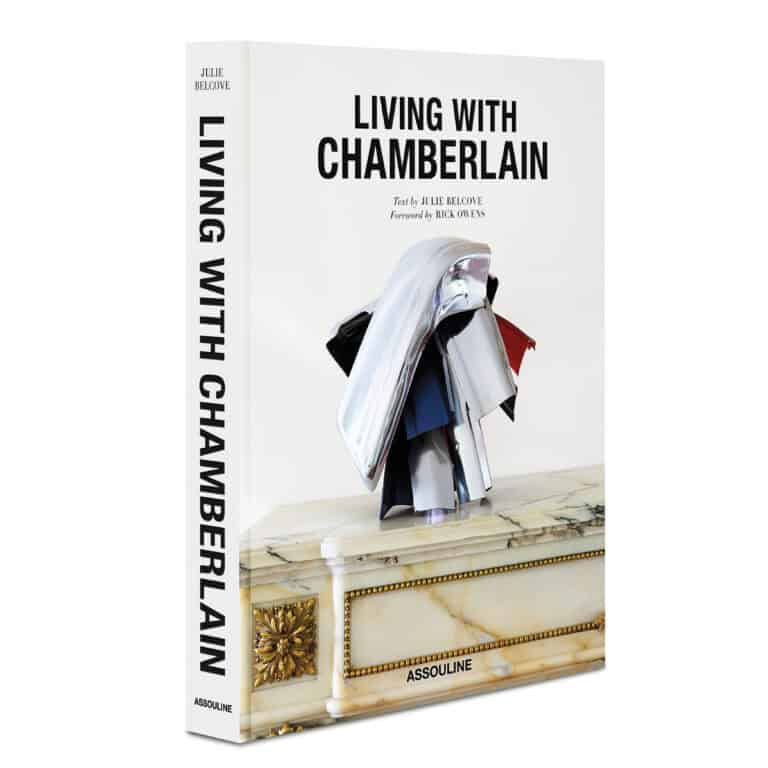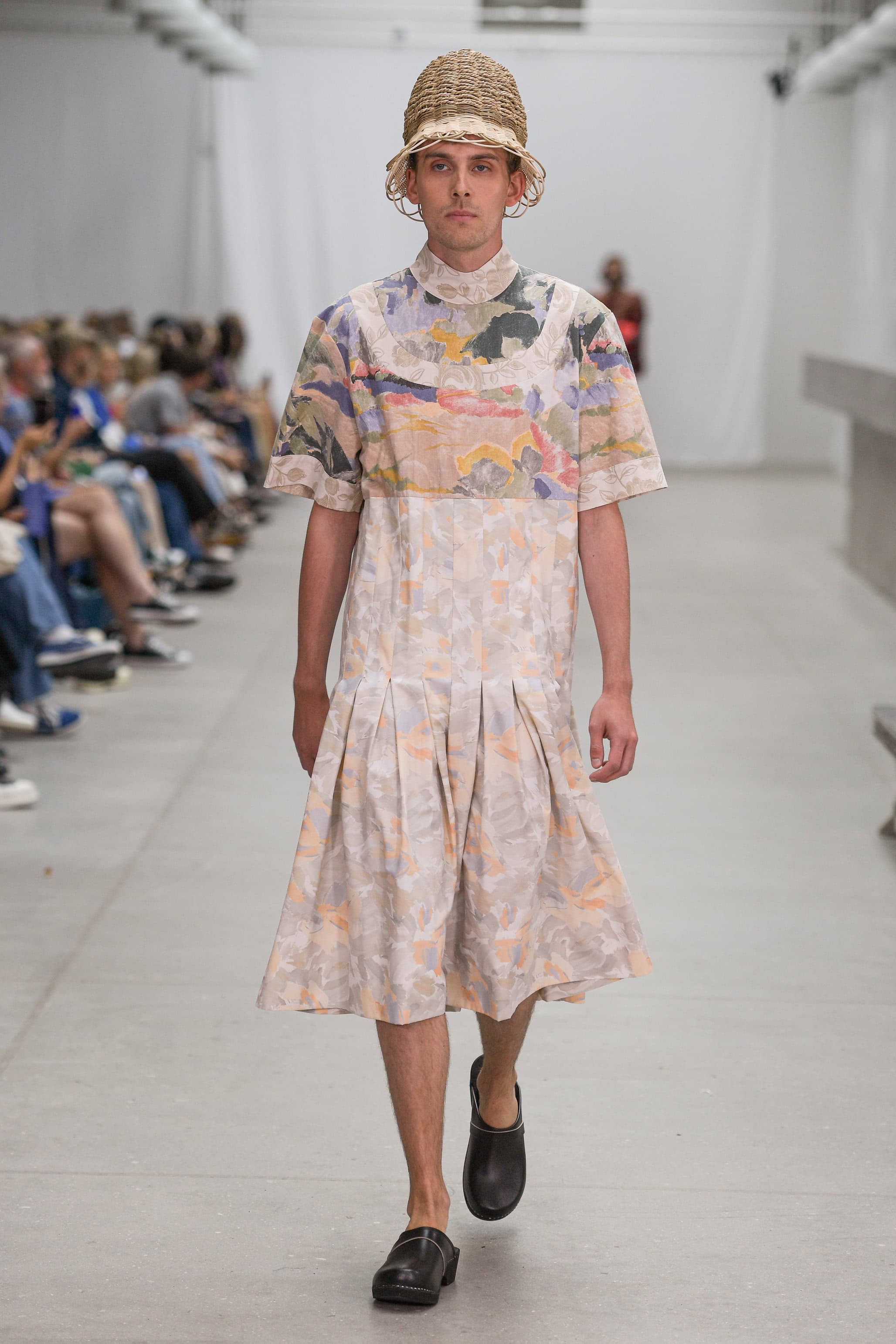
The Royal Danish Academy of Fine Arts -Exploration
Patrick Michael Hughes
Graduate collections in fashion design are often deeply infused with personal expression. Together with reaction to the global conditions, social issues and current political discourse. Masters Degree collection have been in the past long line of commentaries about condition and economy. Seen through the lens of intensive research and collaborative design discourse leading to solutions at the Royal Danish Academy. The top mark results of The Royal Danish Academy of Fine Arts, MA graduates in the Fashion, Clothing and Textiles; New Landscapes for Change program, class of 2021. Were on hand in a sixteen collection runway show held during Copenhagen Fashion Week.
All design students had challenges during the past eighteen months of study, research and concept development. Particularly for advanced students at the prestigious Royal Danish Academy. The lack of materials, studio engagement and overall access made the exploratory creation and process deeply challenging. The intersections of isolation and pandemic lockdowns. Contributed an additional layer to the sensibility, form and materiality seen on the runway. Firstly, the starting point and one of the distinctive features of the program are…. “Danish design traditions we are learning from the past and the present with the aim of shaping a better and more sustainable future through artistic practice.” Traditionally, Scandinavian textiles have a geometry. Subtle hues and are associated with artistic fabrication of the modernist ‘Good Design’ movement of the nineteen thirties and the post World War II era. They are typically in natural materials, such as linen and cottons.
Sustainably minded creation
Sustainably minded creation took center stage in these collections. Students had to create with dead-stock and remnant fabrications. At the core of the MA program at the Royal Danish Academy lies principles like sustainability, material resourcefulness. Together with a deep-rooted sense of the interconnected relationships between fiber, garment, fashion and ecosystem.
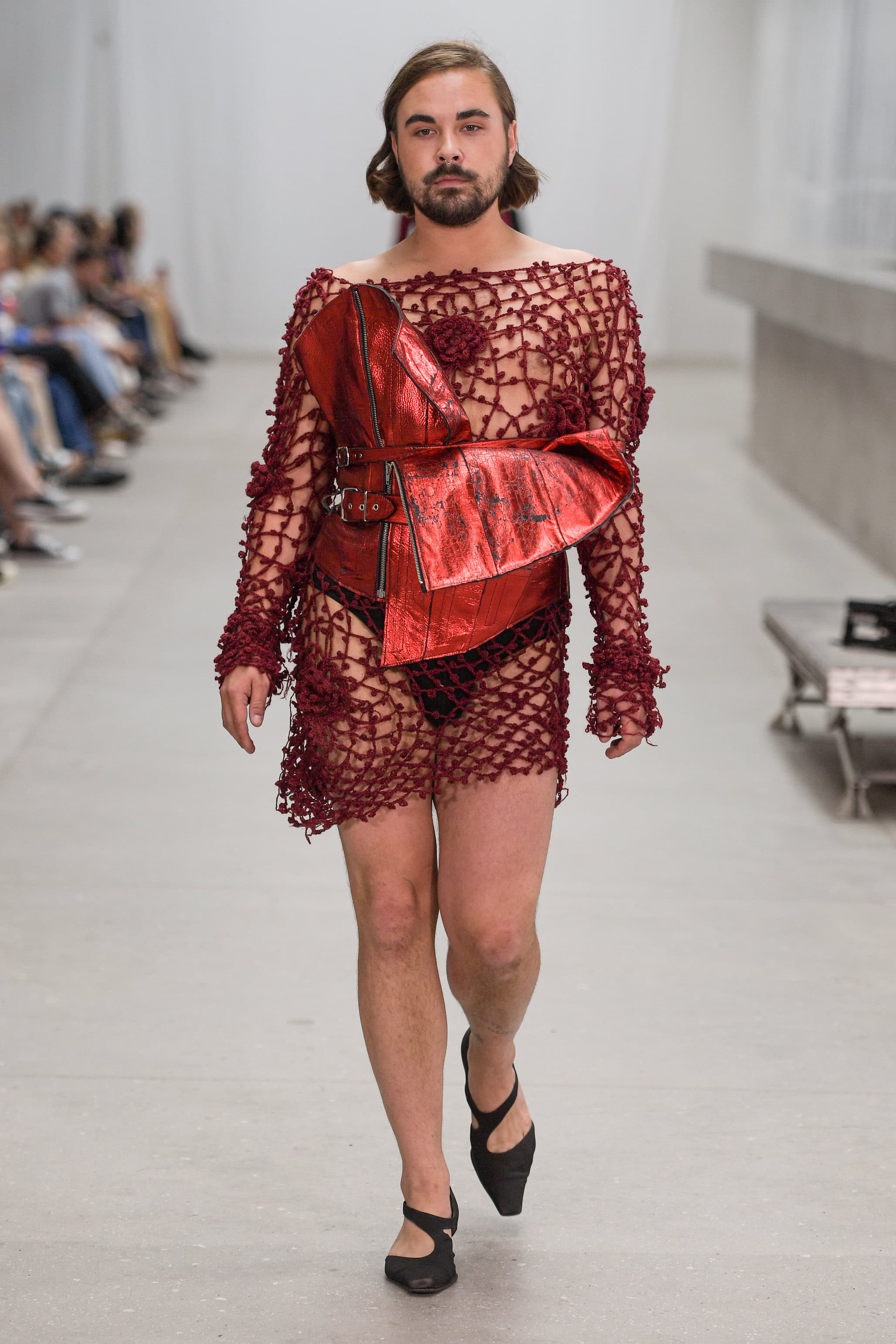
The presentation of highly approachable dresses worn by male models continued and expanded dialogues around gender-specific clothing, fluidity and identity. The messages of challenging the state of masculinity were artistically edgy, easy and ready to wear for all expressions. A standout was a reveling red net dress with a deconstructed leather biker jacket torso. The looks newly constructed and repurposed materials continued the frank dialogue of creating in this time. In addition biker jackets are rich with coded messages for a number of social groups.
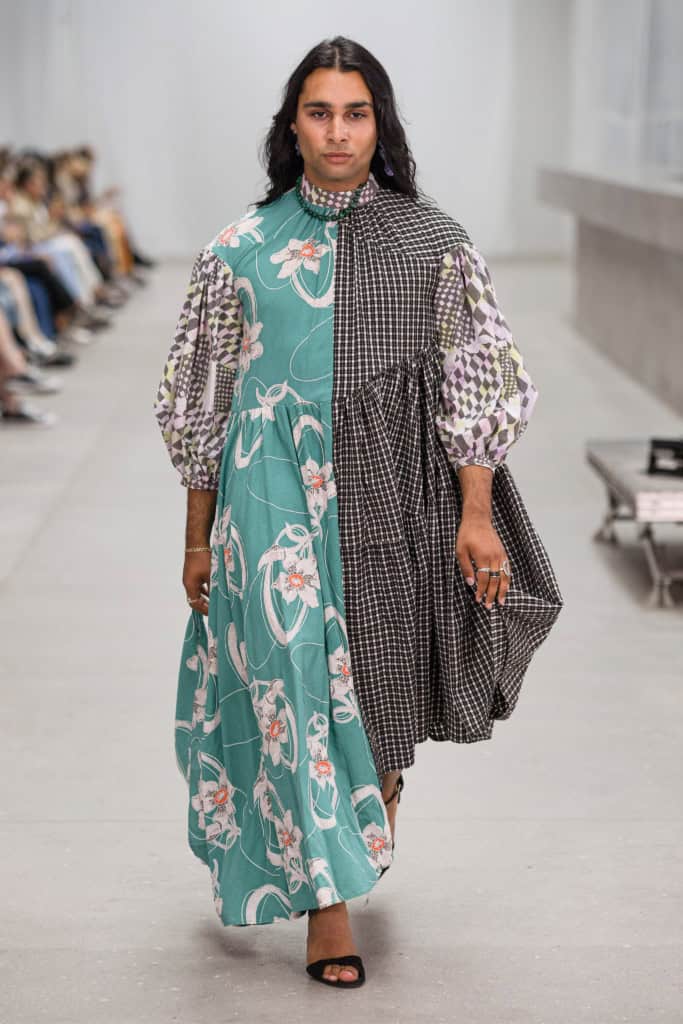
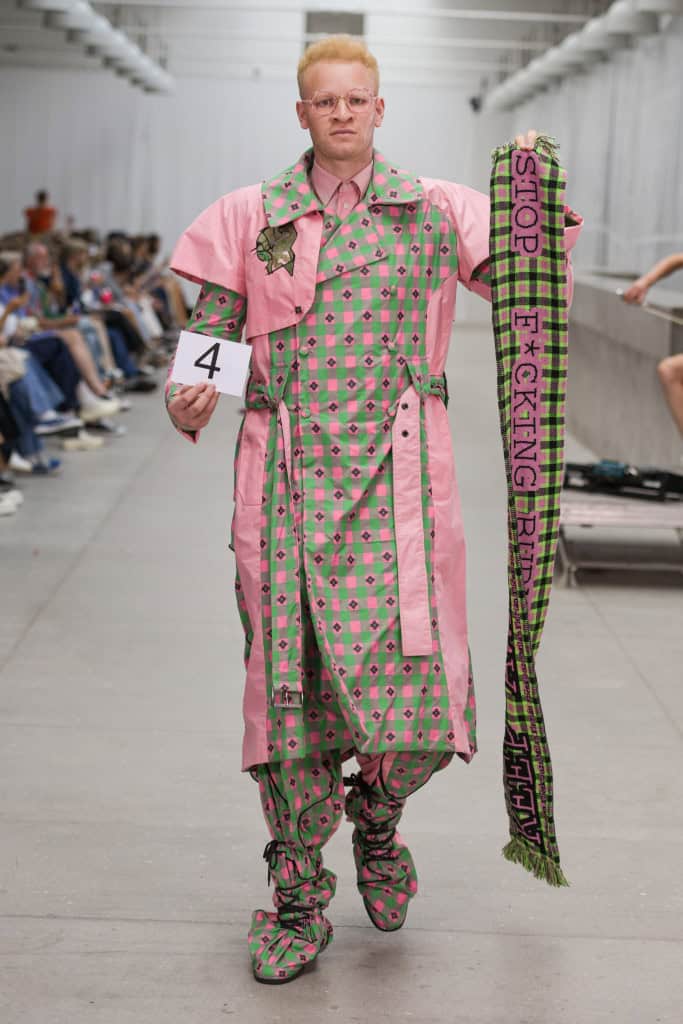
The constantly changing world was also a particularly visible sense in these Royal Danish Academy collections. Readiness, garments incorporating life vests harness details and life vests for an unpredictable climate and an unsure environment. Readiness and utility have long been themes in fashion collections in London, Paris and New York. However the cry seems to grow louder and louder in young designer collections. Imprinted in utility looks were distinctive military styling and power fists on green berets. Messages were clear Milan Fliček stated ‘F* ucking Stop Burning Clothing‘. A serious message of environmental accountability about the fashion industry’s burning of clothing. Which releases carbon dioxide and other greenhouse gases into the atmosphere, exacerbating global warming.
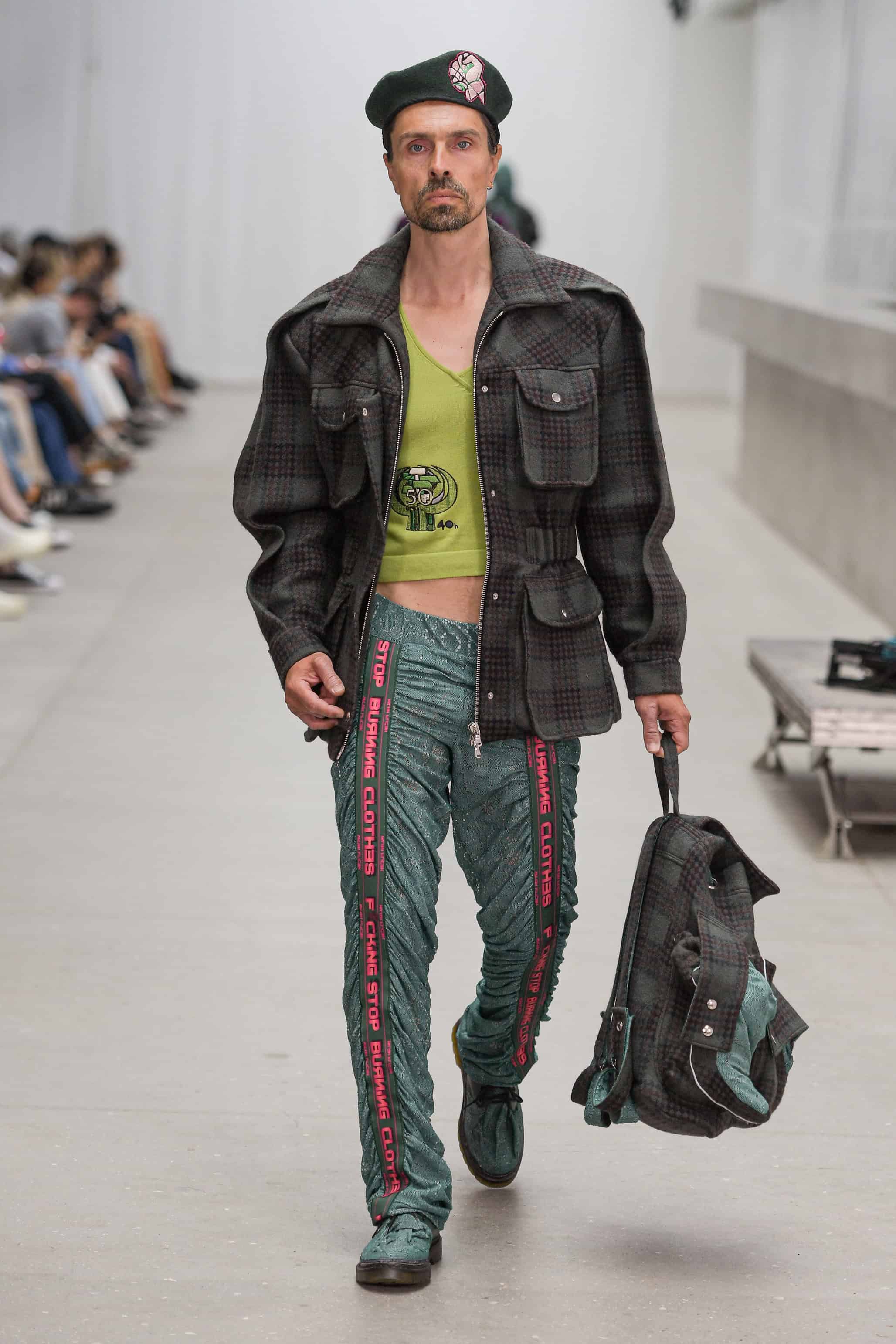
Dystopia, other world or perhaps a world we live in was also evident in some of the Royal Danish Academy collections.
This was not a digital discussion or comment on being watched. But a much deeper narrative of alienation, decay displacement and victimization. Themes, concepts and explorations which were rising at the beginning of the twenty-first century. Particularly in the collections of Hussein Chalayan MBE a Turkish Cypriot/British fashion designer and the late Alexander McQueen for Givenchy.
Laced together, interconnected, structurally reliant and distinctive shapes such as devilishly pointed shoulders highlighted body casting. Reminiscent of Thierry Mugler’s and Issey Miyake’s explorations about body representation. Yet, the dialogues have advanced and are well suited to current conversations. Leather trousers seemed to cling to body with little effort. Complex and creative lacing is visible an illusion of creativity.
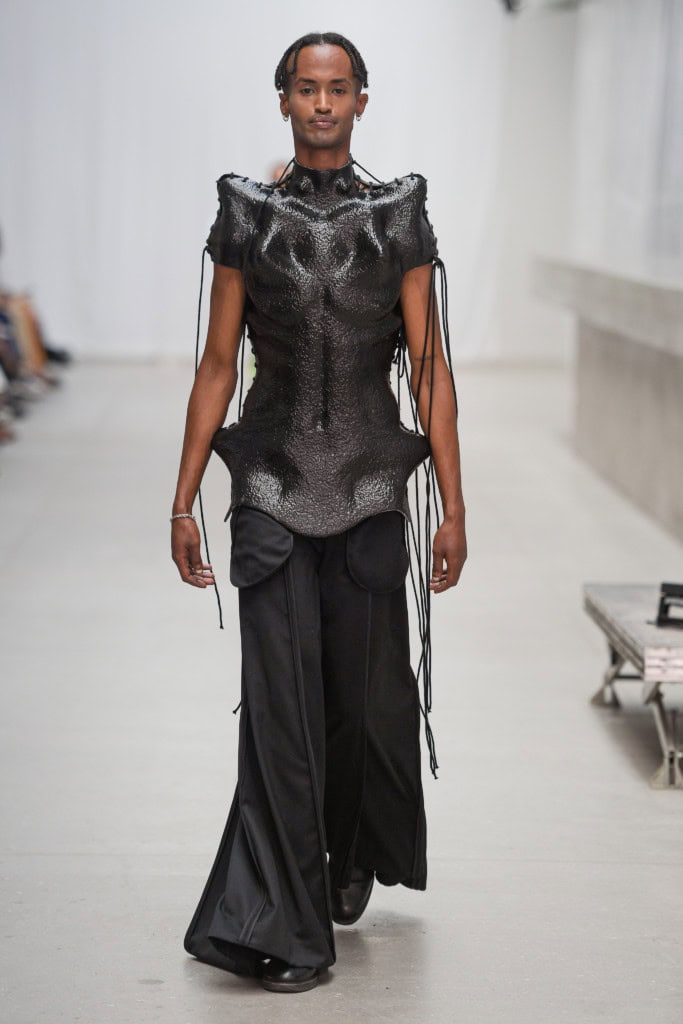
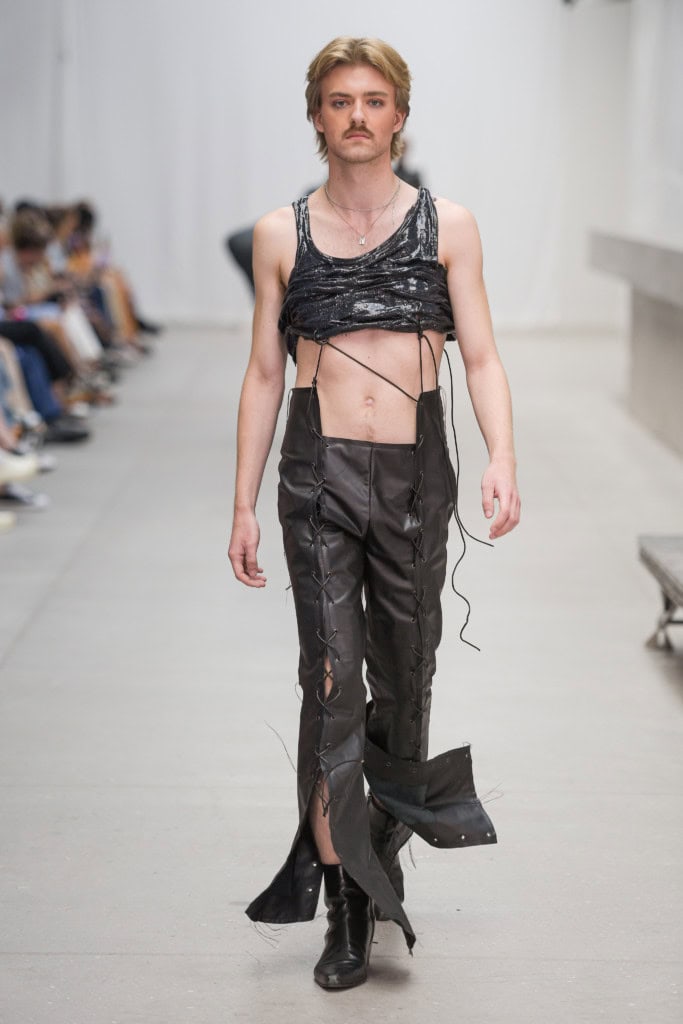
Resourcefulness with respect to precedent is always a factor in final student collections.
The use of non-traditional materials and techniques is often a no holds barred in thesis development at institutions like the renowned Royal Danish Academy. This design mindset was on display in designs highlighting papier-mâché to felting and experimental ways of solving knitting. Students rose to challenges with deconstructed and at times surreal results. A concert of deconstruction and challenging attitudes rang out in many of the men’s looks. There were shouts of Ann Demeulemeester and Rick Owens to Westwood’s early work for Malcolm McLaren’s SEX boutique. Plus current iterations of British fashion designer Loverboy- Charles Jeffery.
The references are appropriate research points. What is new are the contemporary discussions of validation, identity, challenging norms, immediate design experiences and global environmental concerns. Men’s fashion emerging from Copenhagen has been particularly directional producing a number of noteworthy and ascending brands. Many of the collections are currently for sale in Freetown of Christiania where the graduate show from the Royal Danish Academy was held. A noted nonconformist neighborhood in Copenhagen.
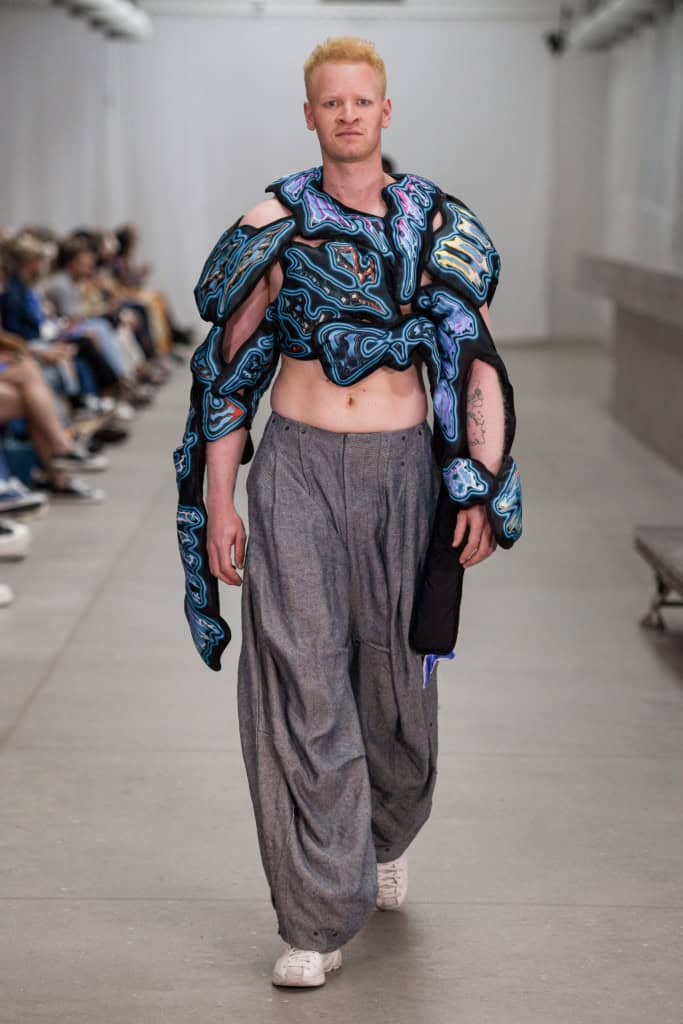
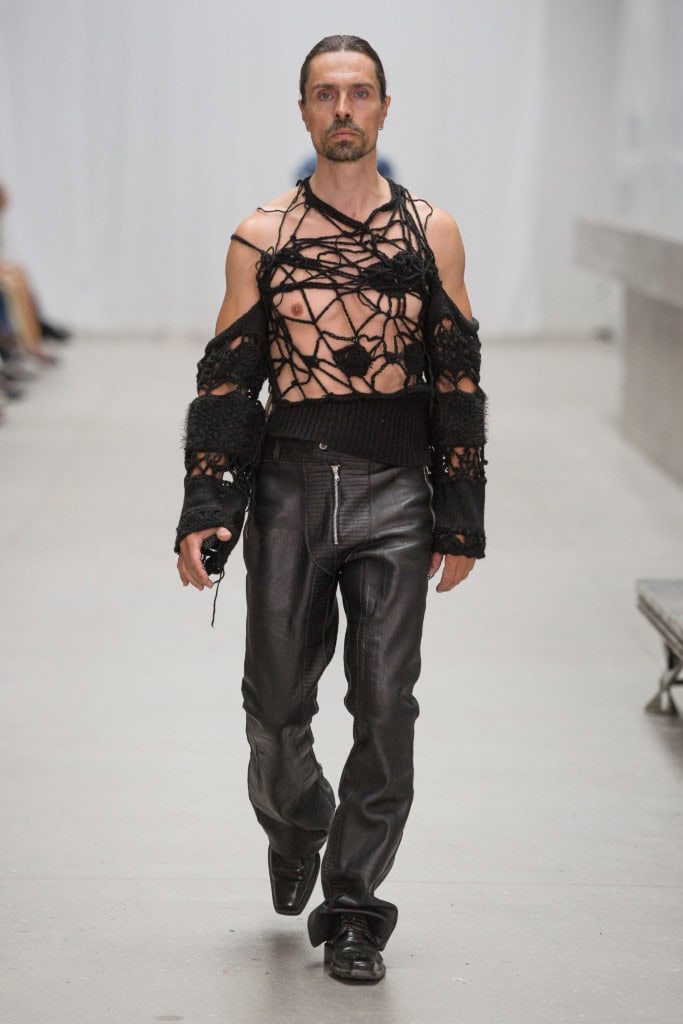
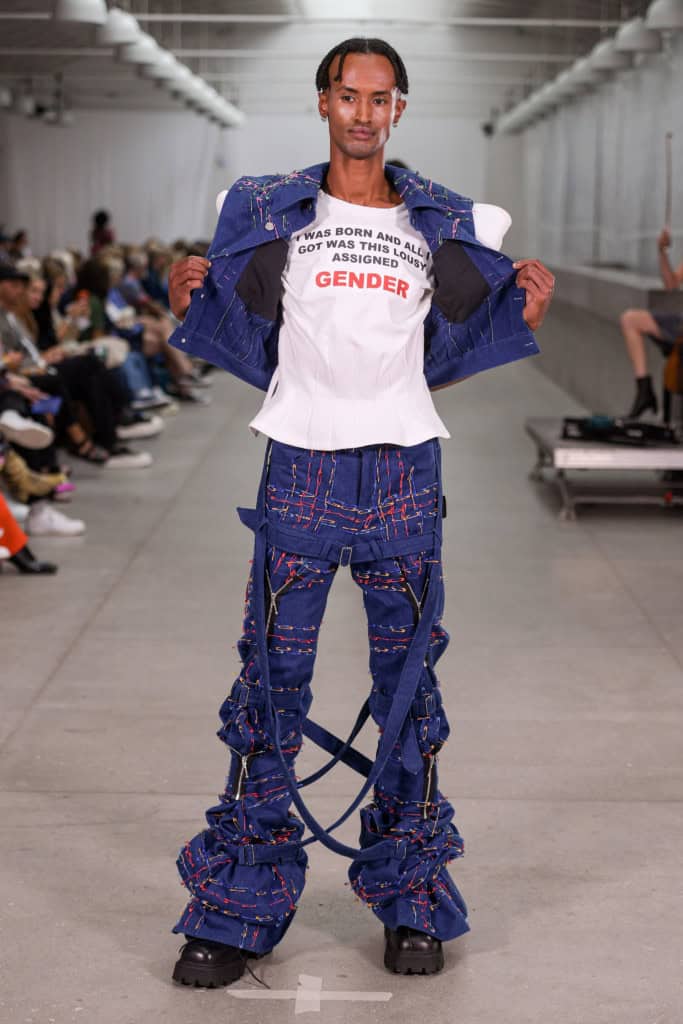
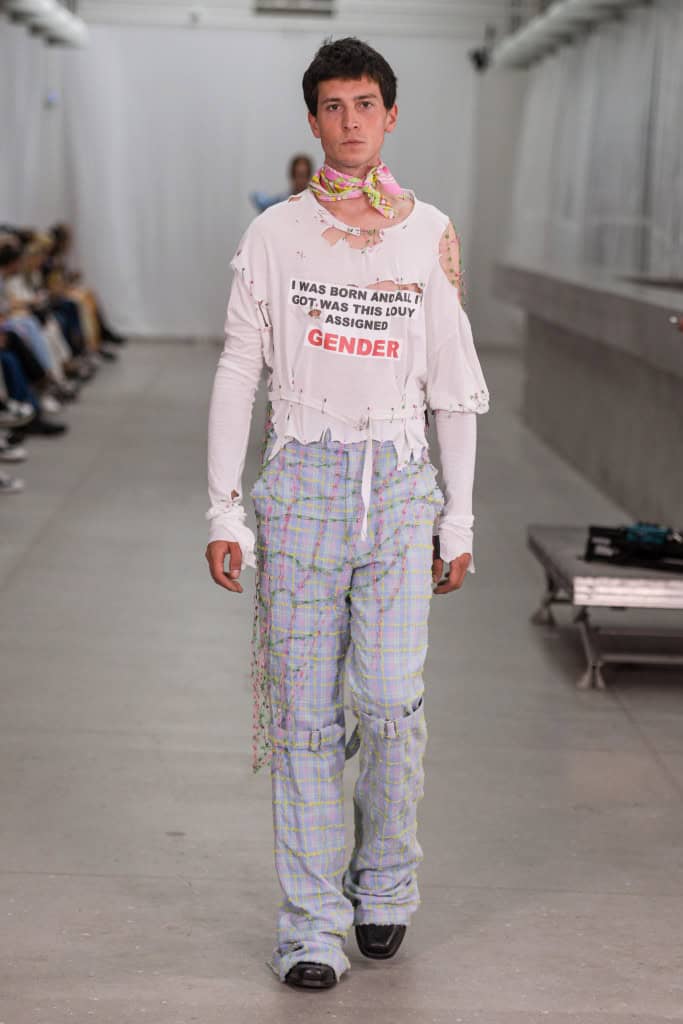
Patrick Michael Hughes Senior Fashion Editor/ Men’s Fashion Writer
Share this post
Patrick Michael Hughes is a fashion and decorative arts historian. He writes about fashion culture past and present making connections to New York, London and Copenhagen's fashion weeks with an eye toward men's fashion. He joined IRK Magazine as a fashion men's editor during winter of 2017.
He is often cited as a historical source for numerous pieces appearing in the Wall Street Journal, The New York Times, CNN, LVMH, Conde Nast, Highsnobiety and others. His fashion career includes years as a fashion reporter/producer of branded content for the New York local news in the hyper digital sector. Patrick's love of travel and terrain enabled him to becoming an experienced cross-country equestrian intensively riding in a number of locations in South America Scandinavia,The United Kingdom and Germany. However, he is not currently riding, but rather speaking internationally to designers, product development teams, marketing teams and ascending designers in the US, Europe and China.
Following his BA in the History of Art from Manhattanville College in Purchase, New York he later completed graduate studios in exhibition design in New York. it was with the nudge and a conversation in regard to a design assignment interviewing Richard Martin curator of the Costume Institute at the Metropolitan Museum of Art he was encouraged to consider shifting his focus to the decorative arts with a concentration in fashion history and curation.
Patrick completed graduate studies 17th and 18th century French Royal interiors and decoration and 18th century French fashion culture at Musée Les Arts Decoratifs-Musée de Louvre in Paris. Upon his return to New York along with other classes and independent studies in American fashion he earned his MA in the History of Decorative Arts and Design from the Parsons/Cooper Hewitt Design Museum program in New York. His final specialist focus was in 19th century English fashion and interiors with distinction in 20th century American fashion history and design.
Currently, he is an Associate Teaching Professor at Parsons School of Design leading fashion history lecture-studios within the School of Art and Design History and Theory,
Read Next

